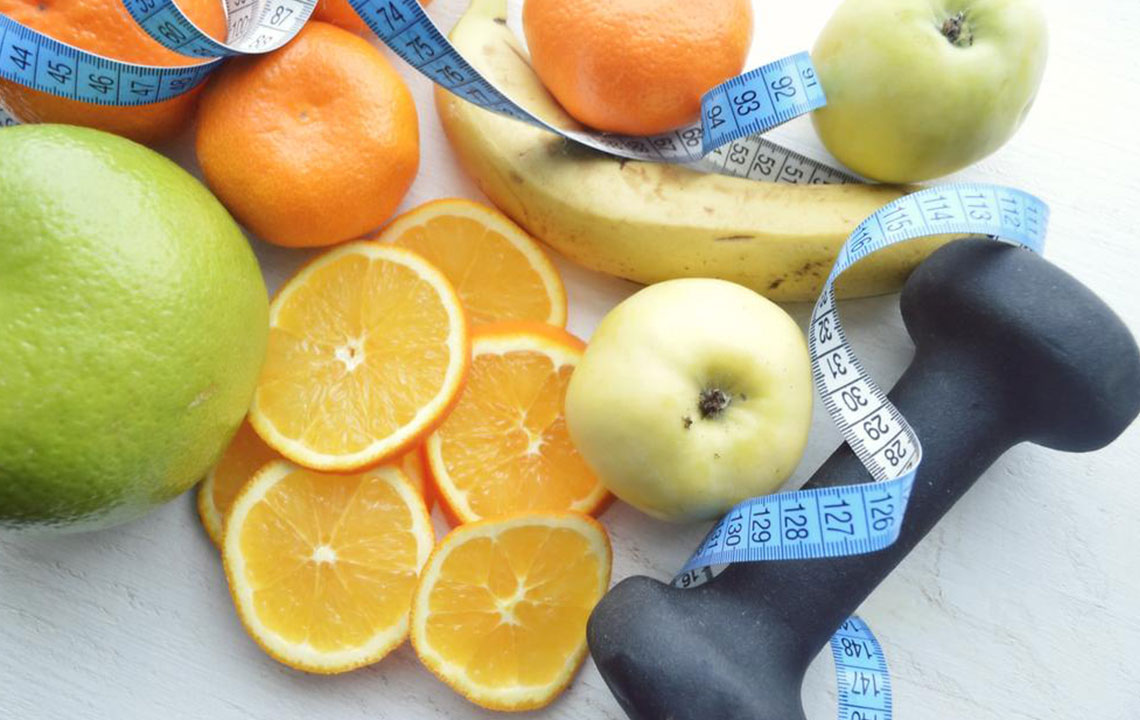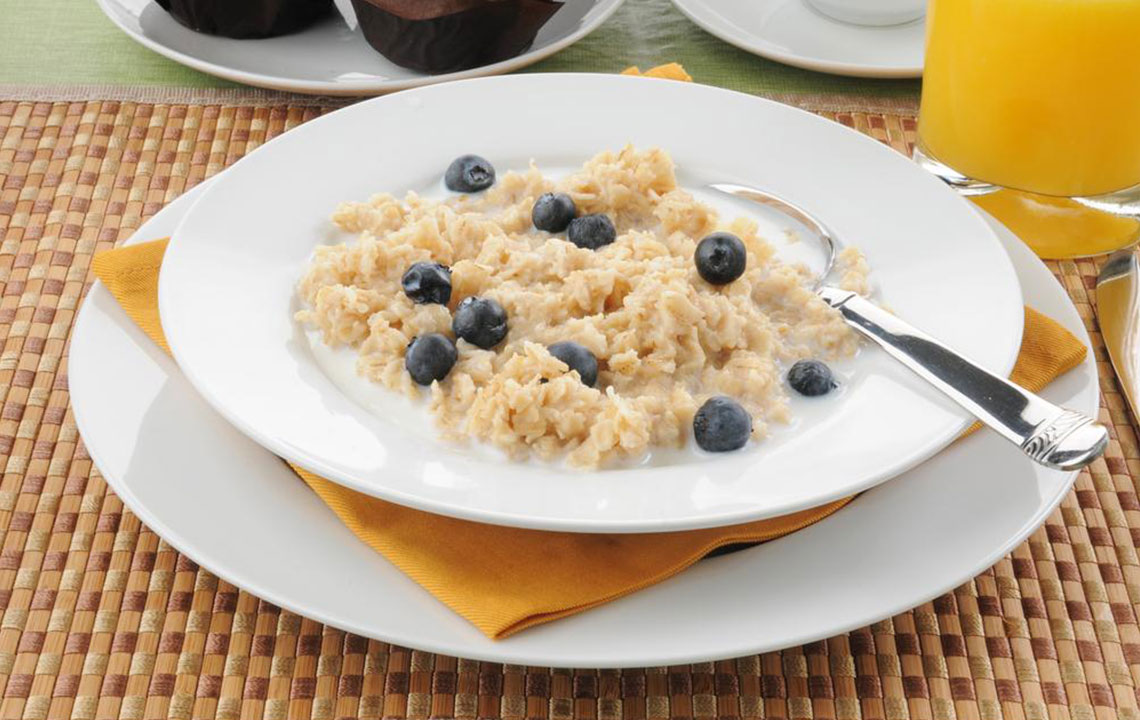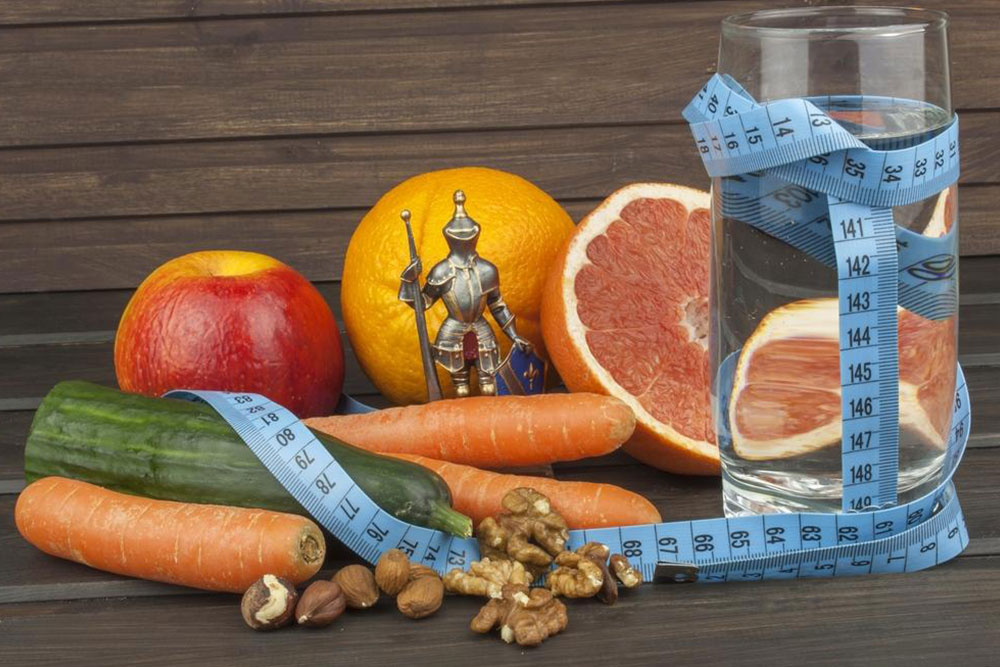Comprehensive Beginner's Guide to the Principles of the Paleo Diet
Discover the ultimate beginner’s guide to the Paleo diet, covering essential principles, foods to include and avoid, health benefits, and practical steps to start. This comprehensive overview helps newcomers understand how to adopt a natural, unprocessed eating style inspired by our ancestors, leading to improved health, weight management, and sustainable habits. Perfect for anyone interested in transforming their lifestyle with a nutrient-dense, balanced diet rooted in natural foods. Unlock the potential of Paleo to boost your energy, reduce cravings, and enhance overall well-being with expert tips and easy-to-follow guidance.

In-Depth Introduction to the Paleo Diet for Newcomers
What Exactly Is the Paleo Diet?
The Paleo diet, often referred to as the Paleolithic or caveman diet, has surged in popularity over the past two decades as a highly effective approach to weight management and overall health improvement. Rooted in the dietary patterns of our ancient ancestors, this lifestyle emphasizes consuming foods that are minimally processed and as close to their natural state as possible. The core philosophy is to eat in harmony with what our hunter-gatherer predecessors would have accessed in their environment, thus promoting optimal health and longevity.
Foods to Incorporate and Avoid on the Paleo Path
Starting the Paleo diet requires understanding which foods align with its principles and which ones to steer clear of. Here's a detailed guide to help novices navigate their initial steps:
Eliminate all forms of processed, packaged foods that contain artificial additives, preservatives, or refined ingredients.
Avoid gluten-rich grains such as wheat, barley, and rye, as well as refined sugars and sweetened beverages, including sodas and energy drinks.
Refrain from consuming dairy products like milk, cheese, and yogurt, since dairy is excluded in strict Paleo approaches.
Stay away from legumes, including beans, lentils, and peanuts, which are not considered Paleo-friendly due to their phytate content.
Incorporate a variety of nuts, high-quality meats, eggs, coconut and products derived from it, including coconut water, flour, and oils, emphasizing natural and unrefined options.
Utilize natural sweeteners sparingly, such as honey and dates, instead of refined sugars.
Eat a colorful array of fruits and vegetables every day to ensure a broad spectrum of nutrients and fibers.
This foundational list serves as a helpful reference point for beginners eager to start their Paleo journey and develop healthier eating habits naturally.
Health Benefits of Embracing the Paleo Lifestyle
Adopting a Paleo diet by reducing processed foods, grains, vegetable oils, and dairy has been associated with numerous health improvements. Experts and nutritionists point out several key benefits:
Noticeable weight loss and body composition improvements through natural calorie reduction.
Decreases in sugar cravings, leading to more stable energy levels and reduced snacking.
Lowered risk of cardiovascular diseases due to improved cholesterol balance and reduced trans fats intake.
Enhanced insulin sensitivity, decreasing the risk of developing type 2 diabetes.
Improved lipid profiles, such as increased HDL cholesterol and decreased LDL cholesterol and triglycerides.
Healthier skin, better digestion, and reduced gastrointestinal discomfort.
Potential alleviation of autoimmune symptoms and inflammatory conditions, fostering overall well-being.
The Popular 80/20 Rule in Paleo Nutrition
Many individuals who follow the Paleo approach adopt the 80/20 principle, allowing flexibility and sustainability. This means that approximately 80% of the time, they adhere strictly to Paleo guidelines, while permitting occasional indulgences such as a glass of wine, dining out, or treats. This flexible mindset helps prevent feelings of deprivation, encourages long-term adherence, and ultimately leads to healthier cravings and habits. Over time, most followers find that their desire for processed foods diminishes, resulting in more vibrant energy, better mood, and improved overall health.
Steps to Start Your Paleo Journey
Embarking on a Paleo lifestyle is accessible and manageable with clear planning. Focus on selecting wholesome fats (like avocados, nuts, and coconut oil), fresh seasonal produce, and high-quality protein sources, including grass-fed meats and wild-caught fish. Begin by decluttering your kitchen: remove processed foods, dairy, grains, legumes, and vegetable oils. To make the transition smoother, consider eliminating one category of avoided foods each week, allowing your palate and digestion to adapt gradually. Stay motivated by exploring simple, diverse Paleo recipes and meal ideas that you can prepare at home. Consistency is key, so set realistic goals, track your progress, and seek support from online communities or local groups. With patience and commitment, the Paleo diet can become a sustainable and enriching part of your lifestyle, offering numerous health benefits and a renewed relationship with food.





